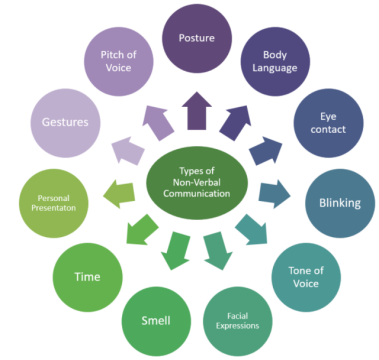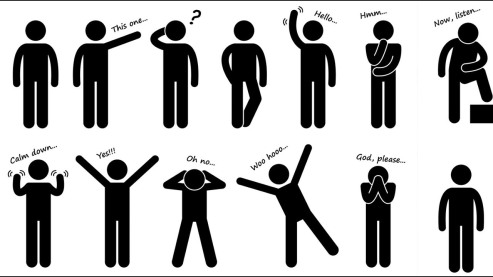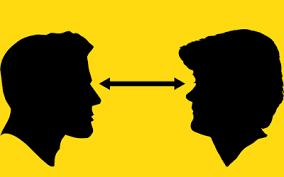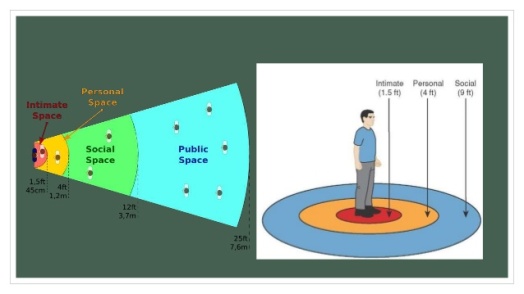Types of communication
There are two types of communication:-
- Verbal
- Non-Verbal
- Verbal Communication:- verbal communication divided into two types first is Oral and second is Written.

- Oral communication- the objective of this communication is to ensure that people understand whatever you want to say. It is an informal way of Communication. Oral communication has major elements such as- Pich, Volume, Speed, Clarity in speaking.
Types of Oral Communication:-
- Linguistic Communication:- communication by the use of sound or conventional symbol.
- Auditory Communication:- this relies on hearing.
- Orthoepy pronunciation:- the way a word or a language is spoken.
- Conversation:- the use of speech for informal exchange of views or ideas.
- Locution:- Saying or Expression
- Idiolect:- a person’s unique way of speaking.
- Monologue:- a long utterance by one person.
- Dictation:- Speech intended for reproduction in writing.
- Written Communication:- written communication means sanding of messages, instructions, the information in writing through letters, notice, bulletins, etc.
Types of written communication:-
- Black & White- it means written communication by or between people in a group.
- Folio, Leaf– A sheet of any written or printed material.
- Transcription, Written Text– something written, copied from one to another. E.g dictation.
- Correspondence communication– by the exchange of letters.
- Code, Codification- A set of rules or laws (especially in written).
The writing process-
Gardner and Johnson (1997) describe the stages of the writing process.
- Pre Writing
- Rough Draft
- Reread
- Share with a Peer Reviser
- Revise
- Editing
- Final draft
- Publishing
2. Non- Verbal Communication:- it is an expression of feelings, emotions in a wordless manner. Forms include Gestures, Postures, Body language, Tone, or Voice and facial expression.

Types of Non- Verbal Communication:-
- Vocalics (Para Language) – this is how people express their emotions through voice. The voice has different vocal properties such as tone, rate of speech, pitch, volume, inflection, being loud and soft. para language means along or parallel to the words and deals with the extra linguistics Yawning, Bleaching, nodding, etc.

- Kinesics ( Body Language) – communication by body language. It interprets body movements communication such as Gestures, Postures and facial expression or any other movement of the body or its part.

– Concepts related to Kinesics are as follows:–
Emblems– gestures or body movement directly translates into words or phrase.
Illustrators– reinforce words such as pointing down the road with a finger.
Regulators– control the pace and flow of communication.
Affect Display– show emotions.
Manipulators– release emotional or physical tension.
- Oculesics (Eye language)- it is the study of eye movement, gaze, eye behavior or eye-related communication.

- Haptics (Touch)- it is any form of interaction through touch. Recognizes objects by touch.

- Clothing- clothing can communicates our occasion, festival, mood, appearance, etc.

- Proxemics (Space)- it is a term used by Hall (1969) to indicate our use of space. He studied distancing behavior. He proposed four personal zones.

- Intimate Zone– 0 to 45 cm. making love, wrestling, offering. He added the dimension of controlling aggression when a person is to wish to dominate others.
- Personal Zone– 45 cm to 1.2 m. friendship zone.usualy not available to strangers. Touch is not usual but the distance is close enough to talk.
- Social Zone– 2 m to 3.7m. casual conversation or business.
- Public Zone– over 3.7 m. it opens for all to communicate.
- Chronemics (time)- it is the study of the role of time in communication. it is the study of how time is used in communication.

Simply a smiling visitor here to share the love (:, btw outstanding pattern.
LikeLike
some genuinely interesting information, well written and broadly speaking user pleasant.
LikeLike